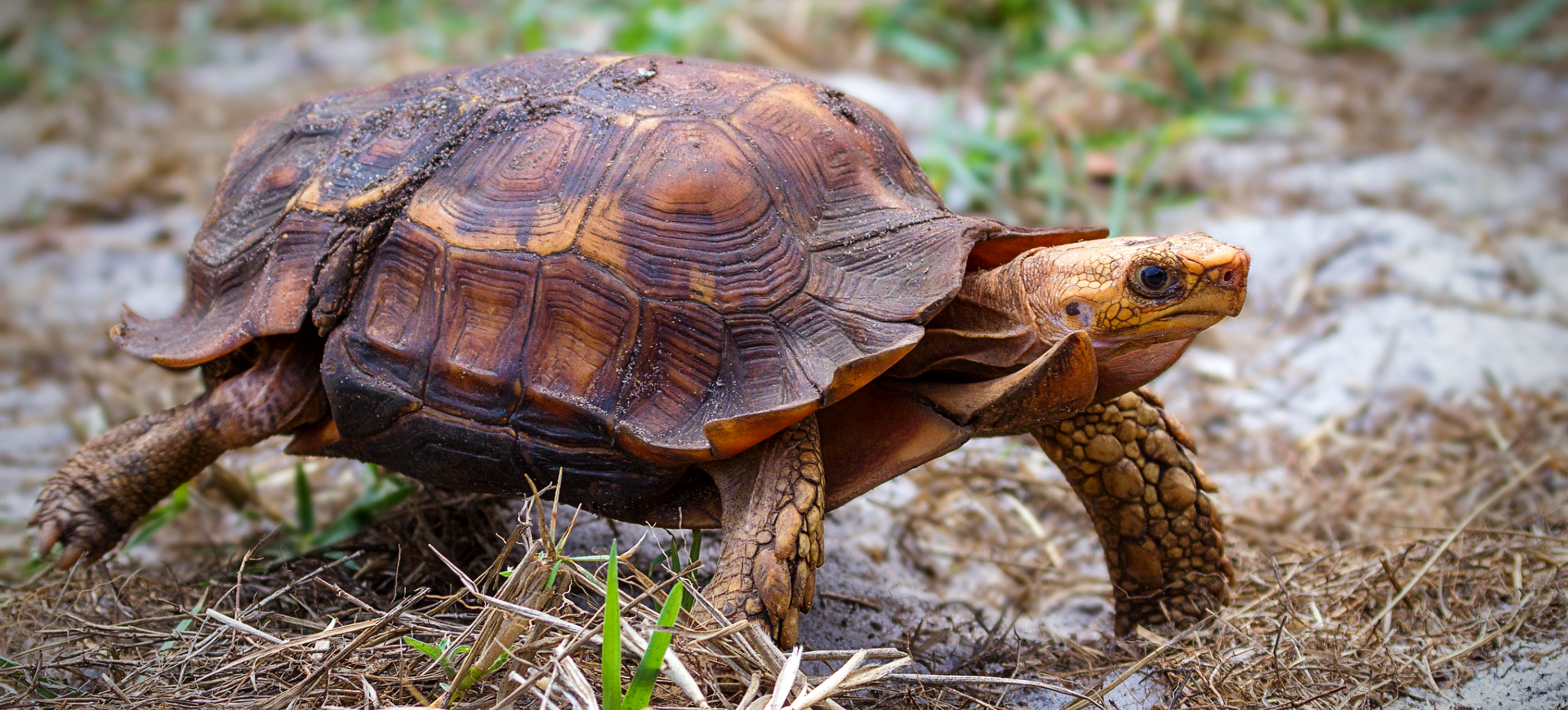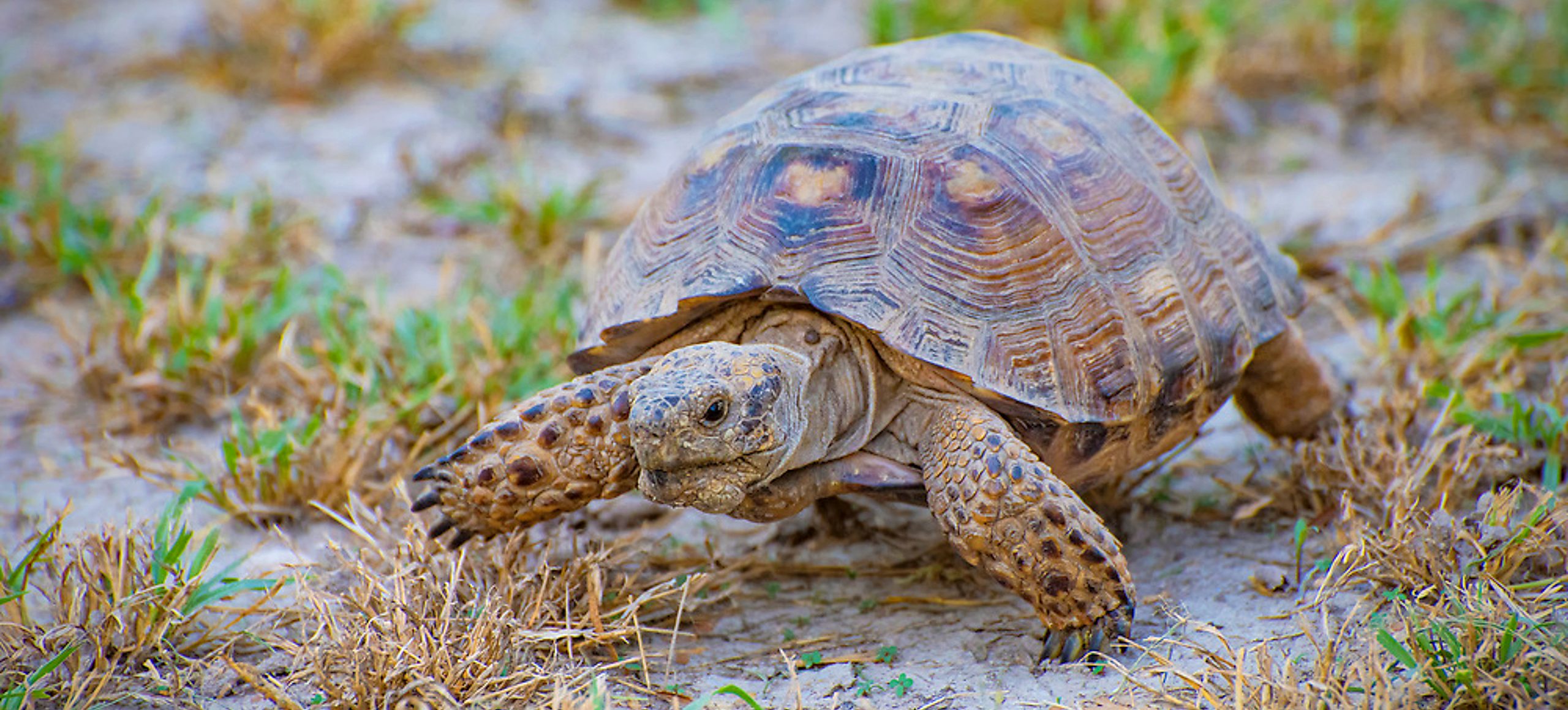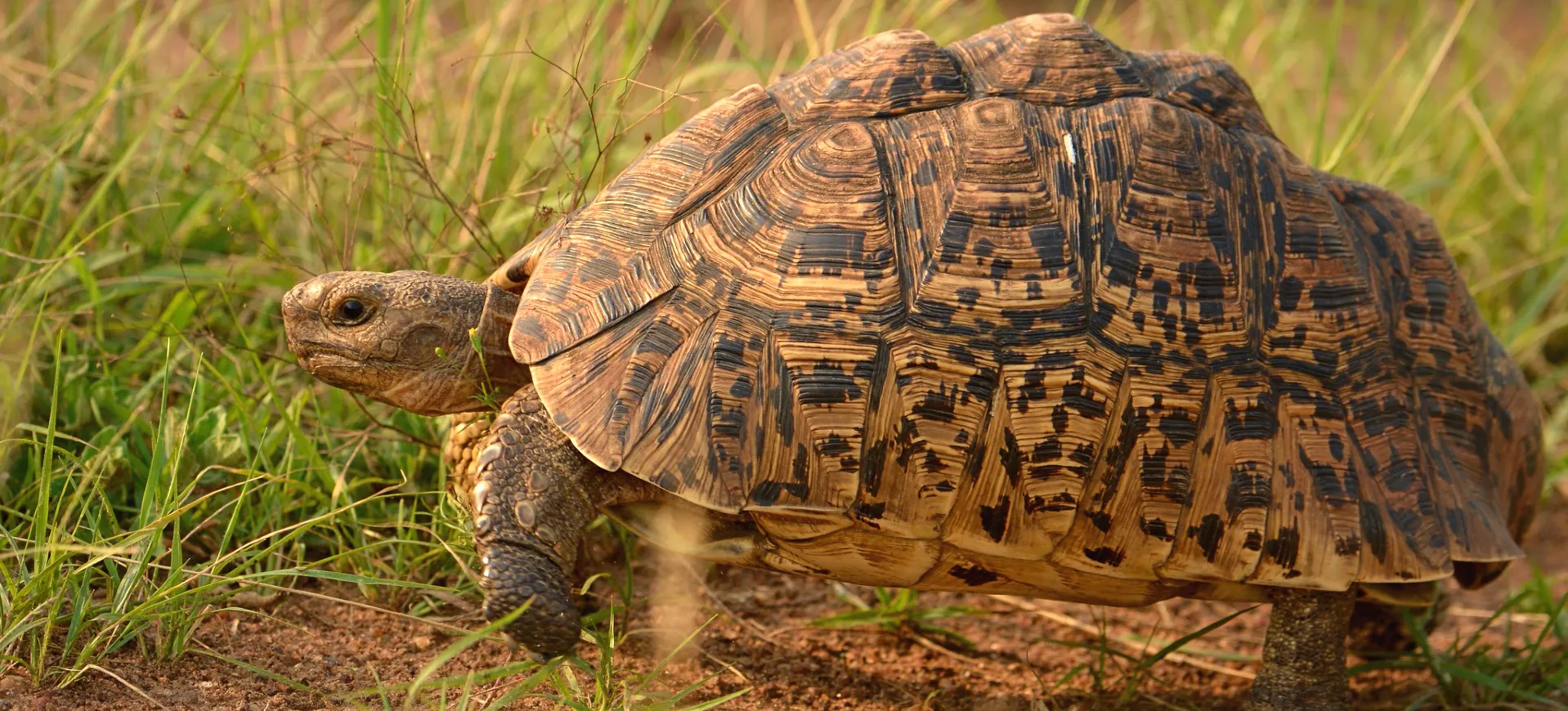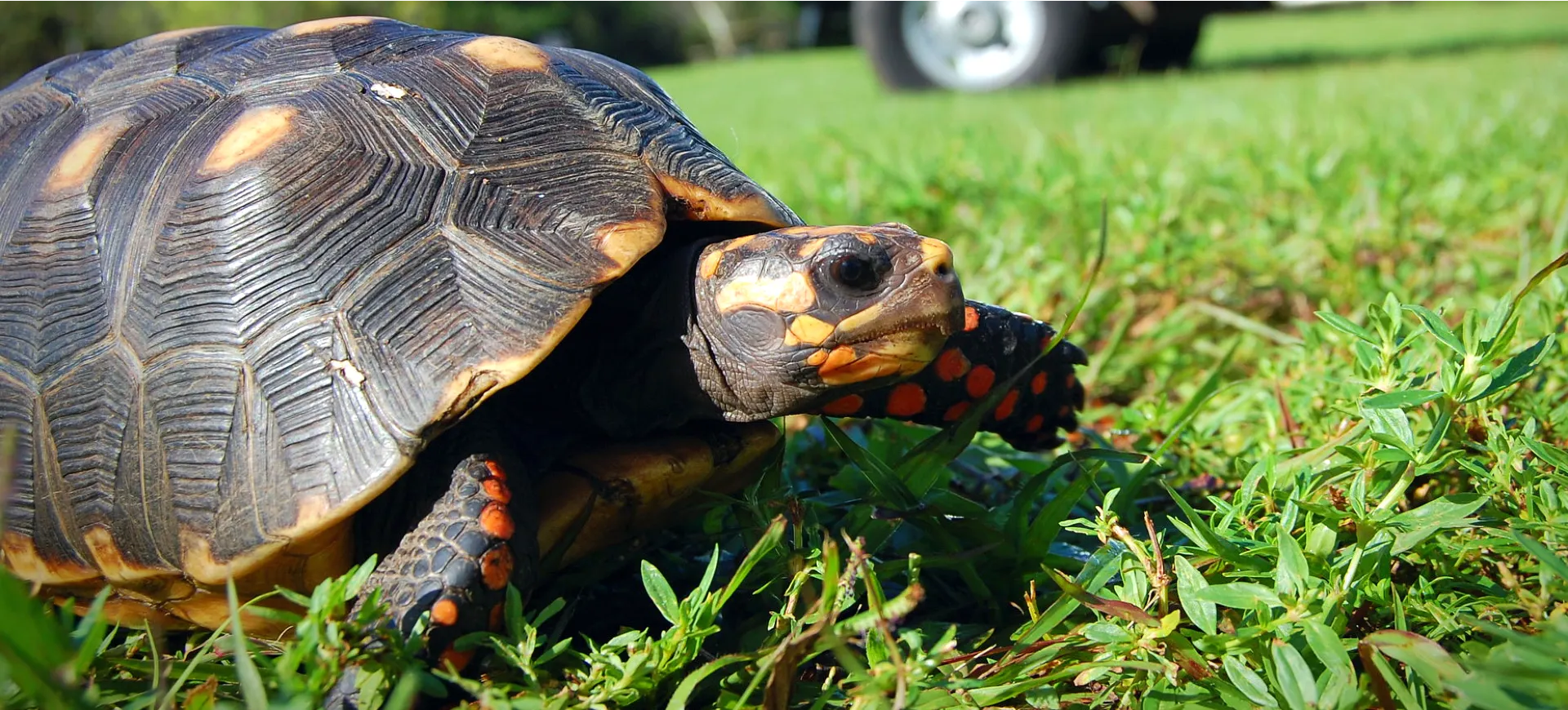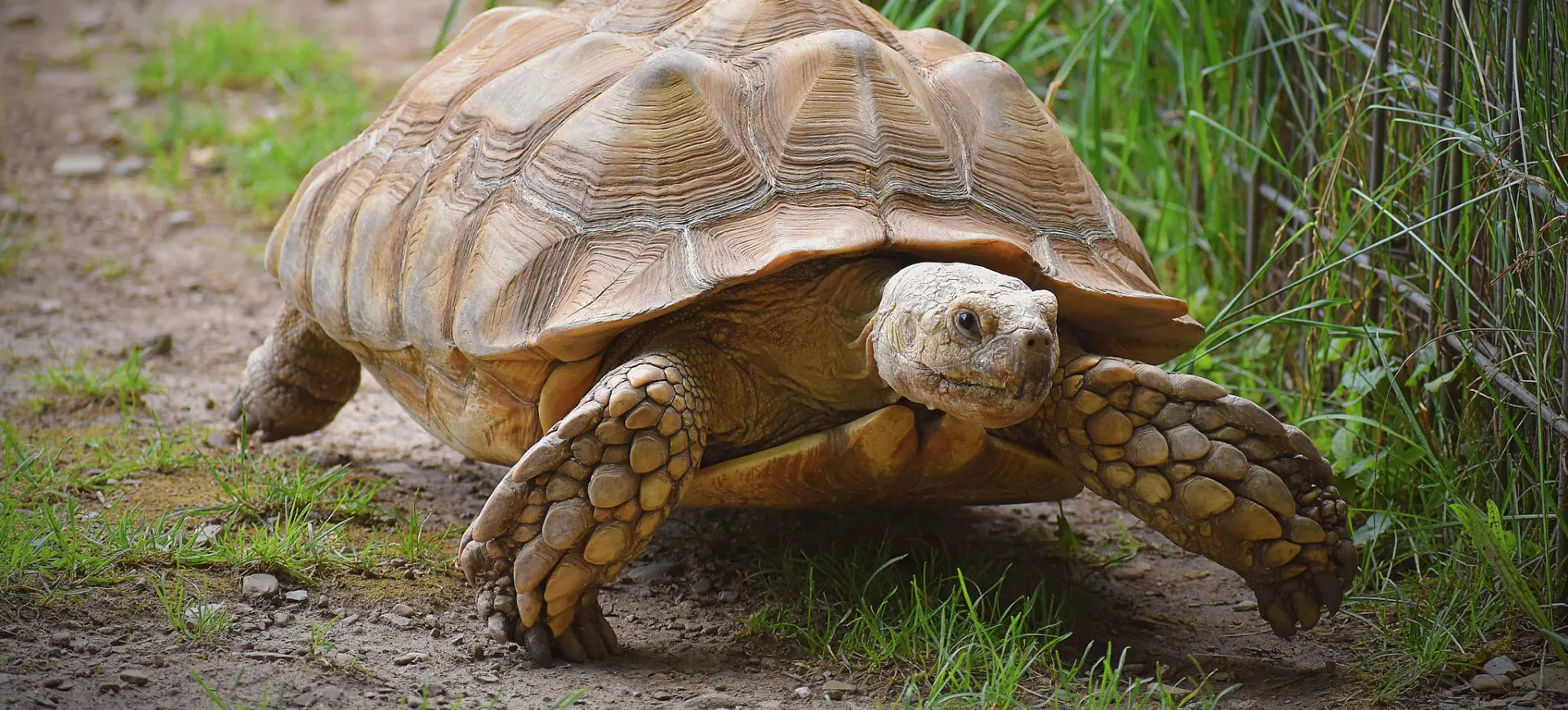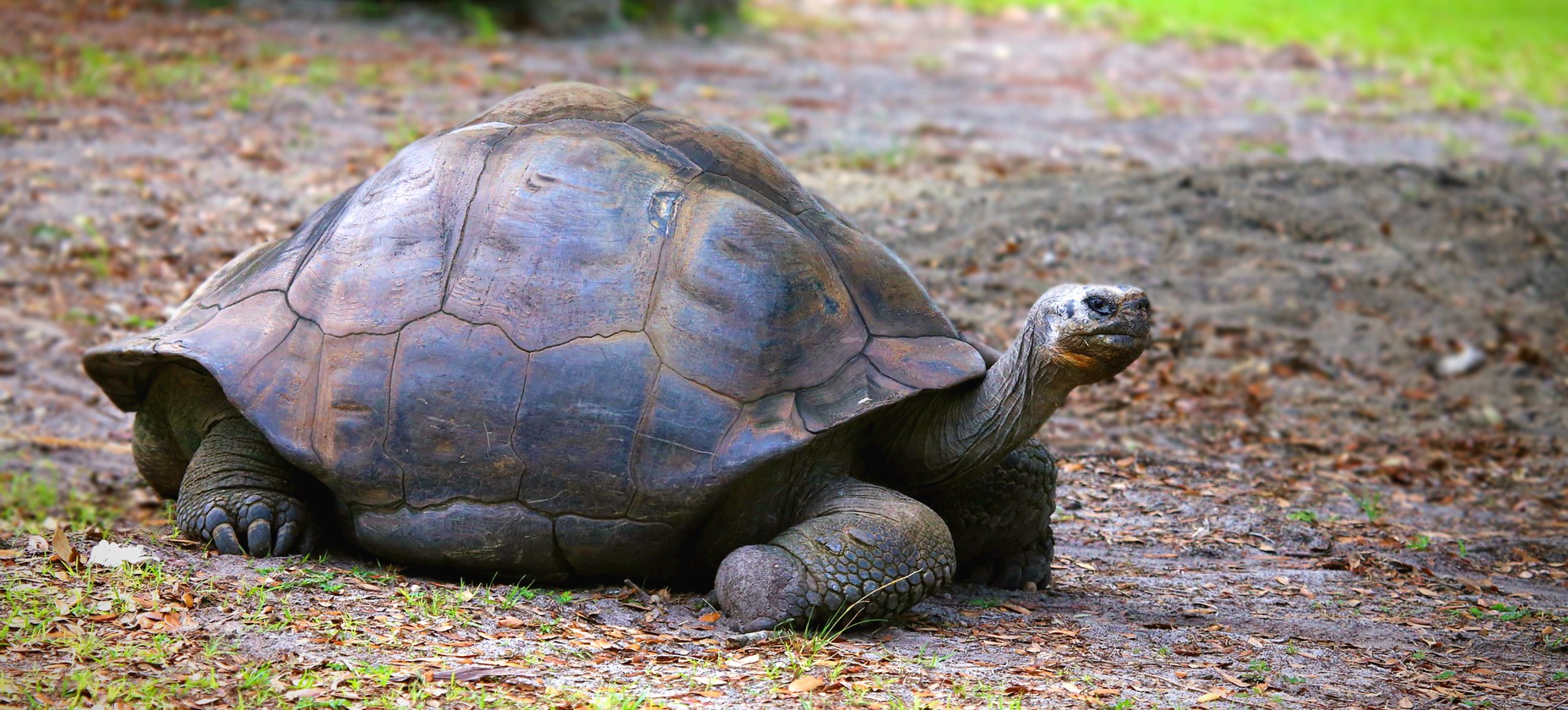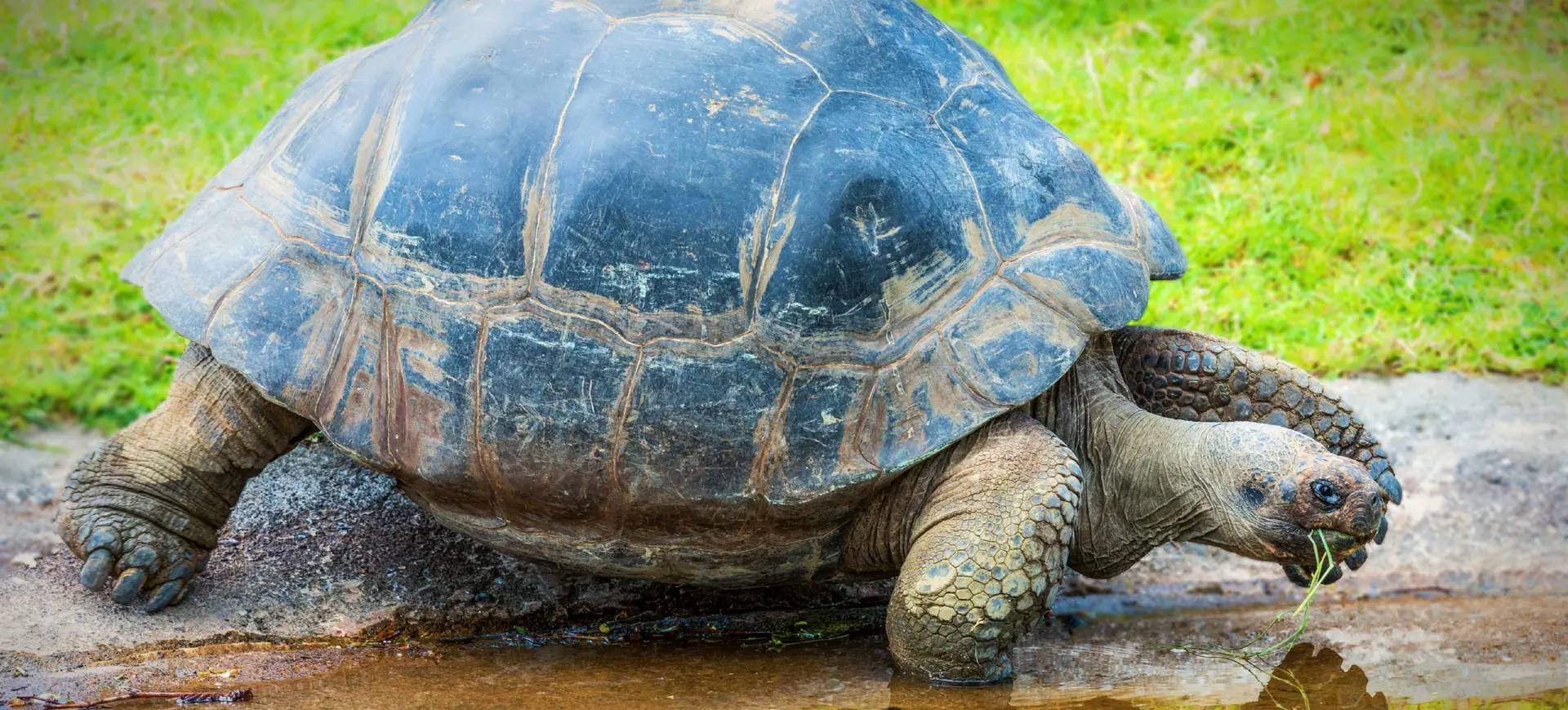Overview
The Sonoran Desert Tortoise is a native reptilian species predominantly found in the Sonoran Desert, a vast region stretching across parts of southeastern California, southern Arizona, and northwestern Mexico. This tortoise is well-adapted to its arid environment, featuring a high-domed shell providing protection and effective camouflage. Its stout, elephantine hind legs are specialized for digging, allowing the tortoise to construct burrows that serve as vital retreats from extreme heat and potential predators.
Adaptations to life in the desert don’t stop at physical characteristics. The tortoise also possesses a slow metabolic rate, which helps it conserve energy and minimize water loss. Its digestive system is fine-tuned to extract maximum moisture from its diet, primarily consisting of dry, fibrous plants. This water is then stored in specialized bladder-like organs, providing the tortoise with a reservoir to tap into during periods of drought.
The Sonoran Desert Tortoise leads a predominantly fossorial lifestyle, meaning it spends much of its time underground. Resisting in burrows can escape the scorching heat during the daytime and emerge in the cooler evening hours to feed. The burrow environment also maintains higher humidity levels, crucial for the tortoise’s hydration and overall well-being. Furthermore, these subterranean habitats offer the tortoise a refuge from predators like coyotes and birds of prey, adding an extra layer of protection to its survival strategy.
Taxonomy
Kingdom
Phylum
Class
Order
Family
Genus
Species
Type
Physical Description:
The Sonoran Desert Tortoise’s carapace, or upper shell, exhibits a brownish or grayish hue as natural camouflage against the desert landscape. This coloring allows the tortoise to blend seamlessly with its surroundings, helping it avoid predator detection. Its limbs are thick and muscular, equipped with clawed feet perfectly adapted for digging. The tortoise uses these specialized limbs for constructing burrows and navigating the rugged terrain of its natural habitat.
Males generally exhibit a larger size than females and often have a slightly concave plastron, which is the flat, lower part of the shell. This anatomical feature aids in mating, allowing the male to mount the female more effectively. The tortoise’s head is medium-sized and houses a prominent, hooked beak. This beak serves a vital role in the animal’s feeding habits, enabling it to graze on various plant material, from grasses and herbs to cacti, with relative ease.

Lifespan: Wild: ~30 Years || Captivity: ~80 Years

Weight: Male: 14-20 lbs (6.4-9.1 kg) || Female: 8-14 lbs (3.6-6.4 kg)

Length: Male: 12-14 inches (30.5-35.6 cm) || Female: 10-12 inches (25.4-30.5 cm)

Height: Male: 5-6 inches (12.7-15.24 cm) || Female: 4-5 inches (10.16-12.7 cm)

Top Speed: 1 mph (1.6 km/h)
Characteristic:
Native Habitat:
The Sonoran Desert Tortoise is indigenous to the Sonoran Desert, a vast area that spans southeastern California, southern Arizona, and northwestern Mexico. This desert is known for its rugged mountain ranges, sandy soils, and extreme temperatures that vary dramatically between day and night. The tortoise generally prefers lower elevations, often residing in areas below 3,500 feet. At these elevations, it has access to various plant species, which serve as food and moisture sources, crucial for its survival in arid conditions.
One of the tortoise’s key survival strategies in this challenging environment is its ability to dig extensive burrow systems. These underground retreats serve multiple purposes. Firstly, they provide a much-needed escape from the intense heat that the desert experiences, especially during the daytime. Secondly, the burrows help maintain higher humidity levels, aiding in moisture retention. This is particularly valuable for the tortoise, as it has limited access to water sources and relies heavily on stored water to sustain itself during dry periods.
Biomes:
Biogeographical Realms:
Continents:
Countries:
Diet:
Diet & Feeding Habits:
The Sonoran Desert Tortoise primarily follows a herbivorous diet, focusing on an array of plant materials like grasses, flowers, and fruits in its arid habitat. This provides the tortoise with essential nutrients and helps it extract water from its food. In conditions where plant material is scarce, the tortoise is opportunistic and can consume dead animal matter. This offers an alternative source of crucial nutrients, including proteins and fats, that may not be readily available from plant sources alone.
Calcium plays a vital role in the tortoise’s diet, particularly in maintaining the health and integrity of its shell. The Sonoran Desert Tortoise often consumes calcium-rich vegetation to meet its calcium needs. The tortoise has specialized physiological mechanisms that allow it to store water extracted from its food in bladder-like structures. This adaptation is invaluable during dry spells, enabling the tortoise to survive extended periods without direct access to water.
Mating Behavior:
Mating Description:
The mating season for the Sonoran Desert Tortoise generally occurs during the late summer and fall months. During this period, males engage in aggressive behaviors, such as ramming and shell-biting, to establish dominance and secure mating opportunities. These confrontations often result in a clear hierarchy, allowing dominant males greater access to receptive females. Once a suitable mate is found, copulation occurs, marking the culmination of these competitive rituals.
After mating, the female tortoise searches for a suitable nesting site, often in sandy or loamy soils. This type of substrate is ideal for incubating eggs, offering both drainage and insulation. Once an appropriate site is located, the female lays eggs, usually producing a clutch of 5 to 12 eggs. These eggs are left to incubate naturally in the soil, benefiting from the earth’s natural warmth and moisture, before eventually hatching into young tortoises.
Reproduction Season:
Birth Type:
Pregnancy Duration:
Female Name:
Male Name:
Baby Name:
Social Structure Description:
Sonoran Desert Tortoises are predominantly solitary animals, often avoiding interactions except during mating seasons. They do establish a home range, but they are not particularly territorial. A tortoise’s home range is generally an area where it feels comfortable and can find the resources it needs, such as food and water. While they defend these spaces, they typically do not engage in aggressive behaviors to establish dominance within these ranges, unlike other tortoises.
Social interactions are more common at shared resource locations like water holes or feeding sites. Tortoises may display social tolerance and even share space with other individuals without much conflict in these instances. This mutual tolerance is especially evident during resource scarcity, such as drought periods, where the need for water or food may override their generally solitary disposition. These gatherings at shared resources offer a unique glimpse into the social dynamics of this otherwise reclusive species.
Groups:
Conservation Status:
Population Trend:
The population of the Sonoran Desert Tortoise has been experiencing a decline due to a variety of threats. Habitat loss is one of the most significant issues, often stemming from human activities such as urban development and road construction. These activities have led to habitat fragmentation, effectively dividing once-continuous landscapes into isolated patches. This makes it increasingly challenging for the tortoise populations to sustain themselves, as access to food, mates, and suitable nesting sites becomes limited. Additionally, predation from natural predators and domestic animals and susceptibility to diseases like upper respiratory tract infections further exacerbate the decline.
Efforts are underway to address these threats and stabilize the population. Monitoring programs have been instituted to keep track of population numbers and health. These initiatives often involve tagging and regular check-ups to assess the general well-being of individual tortoises. Conservationists are also working on habitat restoration projects to reconnect fragmented areas and create a more contiguous living space for the tortoises. Regulations and community education are being employed to limit detrimental human activities, thereby contributing to the long-term survival of this species.
Population Threats:
Habitat fragmentation continues to be a pressing issue for the Sonoran Desert Tortoise, exacerbating its challenges in sustaining its population. Human-induced threats like vehicle collisions and illegal collection further contribute to the decline. The tortoises, particularly the young, are often roadkill victims due to their slow movement and tendency to cross roads, especially after rainfalls when they are most active. Illegal collection for the pet trade has also been a recurring problem, causing a direct reduction in the wild population numbers.
Natural threats also pose significant risks to the Sonoran Desert Tortoise. Predators such as ravens and various mammals target the eggs and the young, significantly affecting the species’ ability to regenerate its population. Respiratory diseases, notably upper respiratory tract infections, have become a significant health concern. These diseases can spread quickly through a population and have detrimental impacts, especially on those living in compromised or fragmented habitats with high stress levels. Effective management of these diverse threats is crucial for this species’s conservation and long-term survival.
Conservation Efforts:
Conservation efforts for the Sonoran Desert Tortoise are primarily geared towards habitat restoration and legal protection. The tortoise is listed as “Vulnerable” by the International Union for Conservation of Nature (IUCN), which helps draw attention to its precarious state. This status has enabled conservationists to secure funding and resources to implement various initiatives to safeguard the species. These include habitat restoration projects that involve rehabilitating degraded landscapes and mitigating the impact of fragmentation, thereby providing the tortoises with more contiguous and healthy living spaces.
In addition to habitat restoration, several targeted measures are being taken to address the tortoise’s immediate threats. For instance, safe road crossings have been constructed at key points to mitigate the risk of vehicle collisions. Educational programs are also in place, targeted at both local communities and tourists, to raise awareness about the ecological importance of the Sonoran Desert Tortoise. These programs aim to educate the public on responsible behavior while in tortoise habitats and discourage illegal collection and other activities that directly harm the species.
Additional Resources:
Fun Facts
- Can live without water for up to a year
- Can dig burrows up to 30 feet long
- Known to share burrows with other desert animals like snakes
- Shell serves as a storage system for water
- Hibernate during the winter months
- Females can store sperm for several years
- Capable of “crying” to remove excess salts from their bodies
- Diet includes calcium-rich plants to maintain shell health
- Long-lived species, with some individuals reaching up to 100 years
- Plays a key role in seed dispersal in its native habitat








